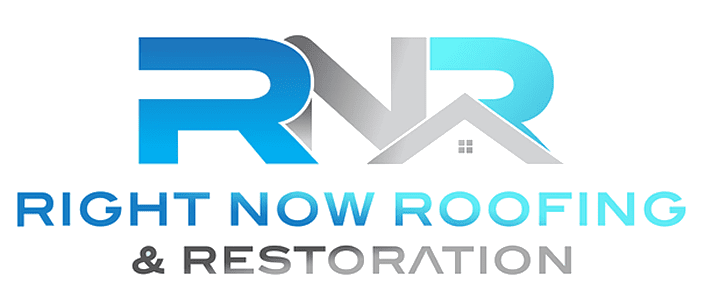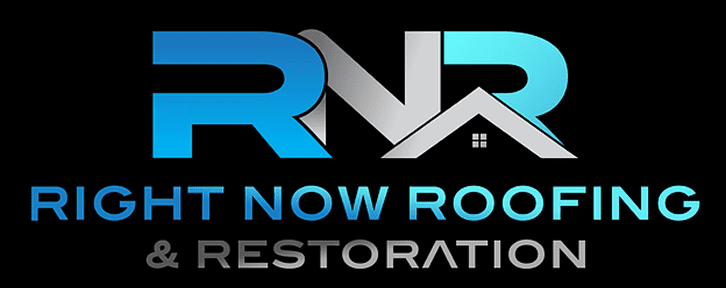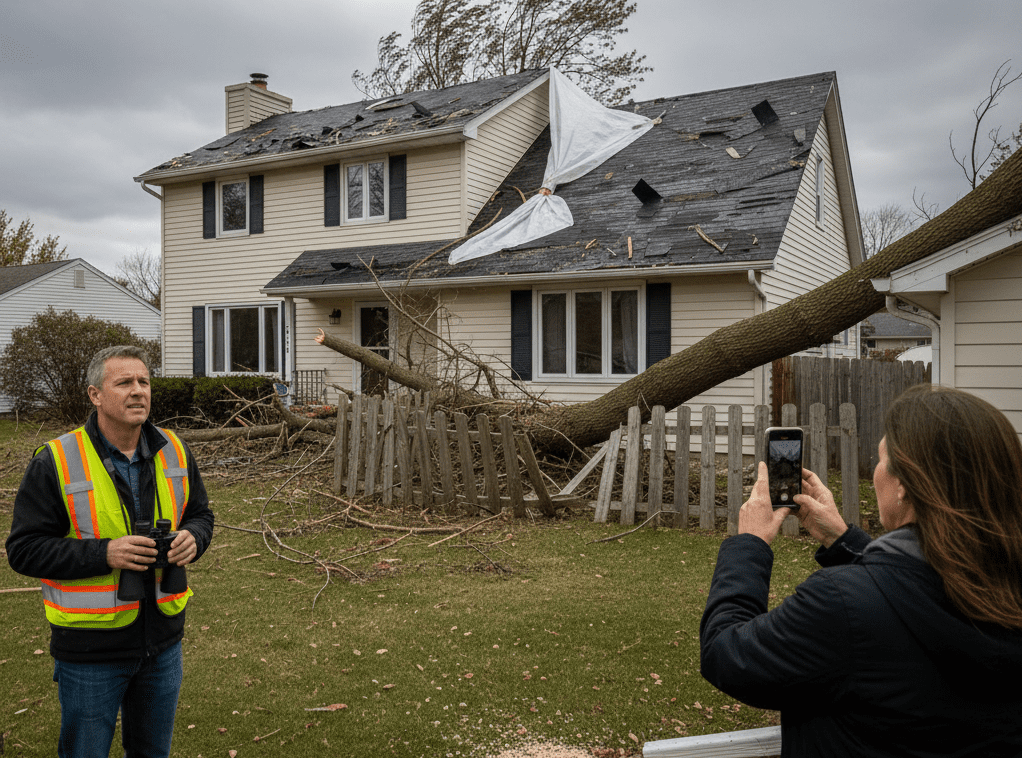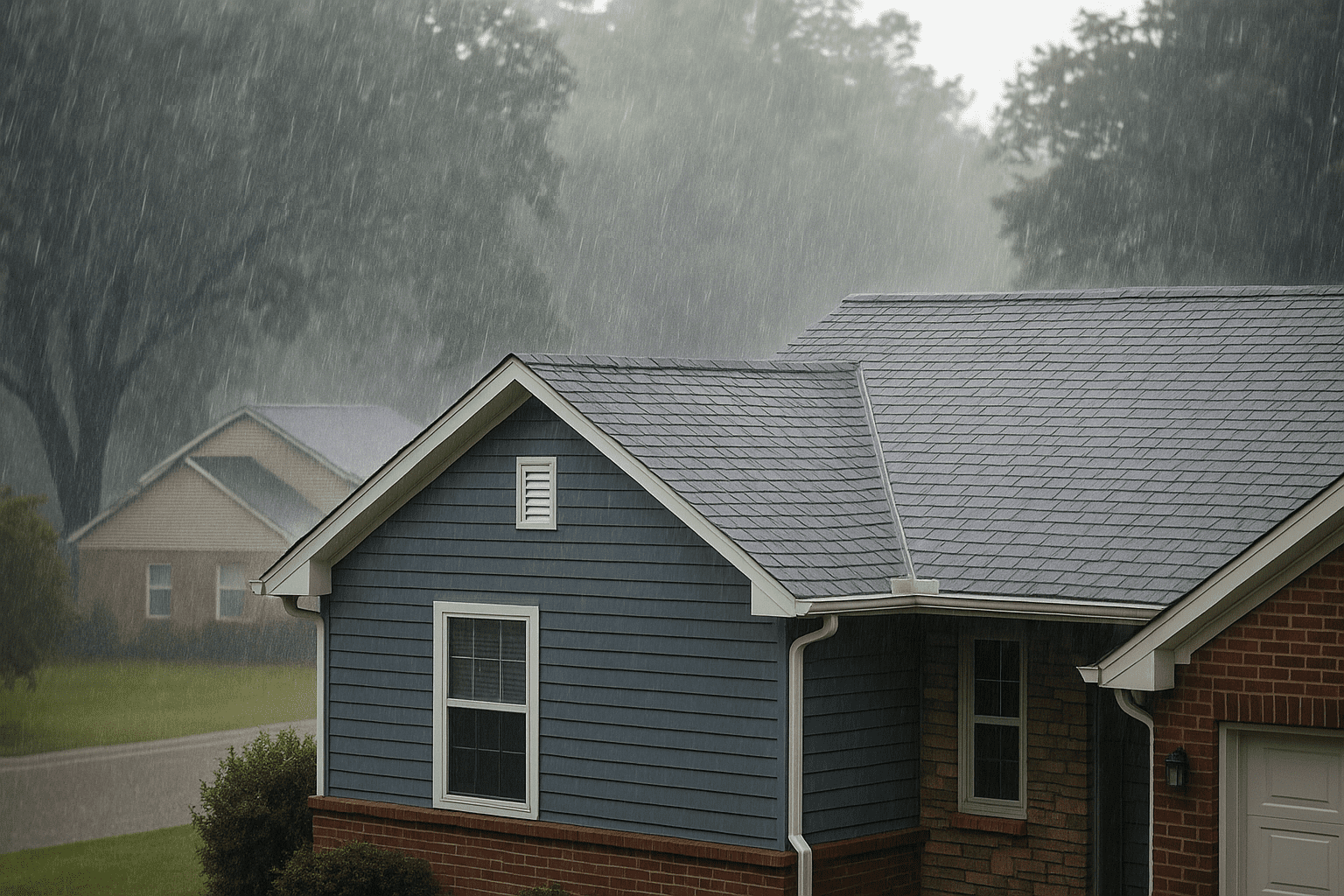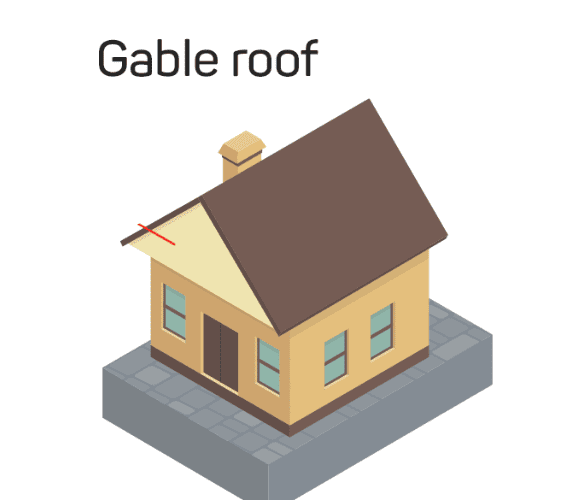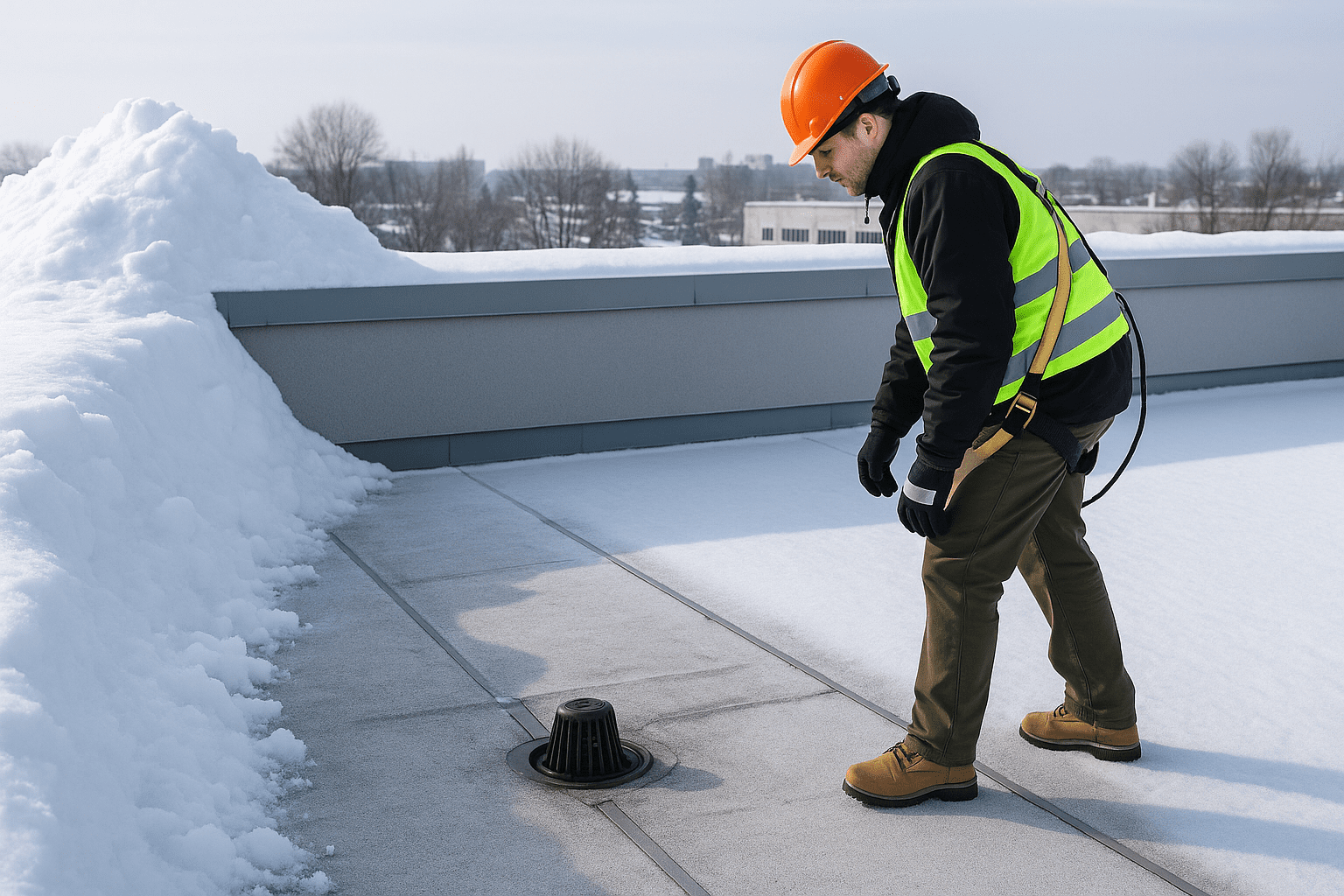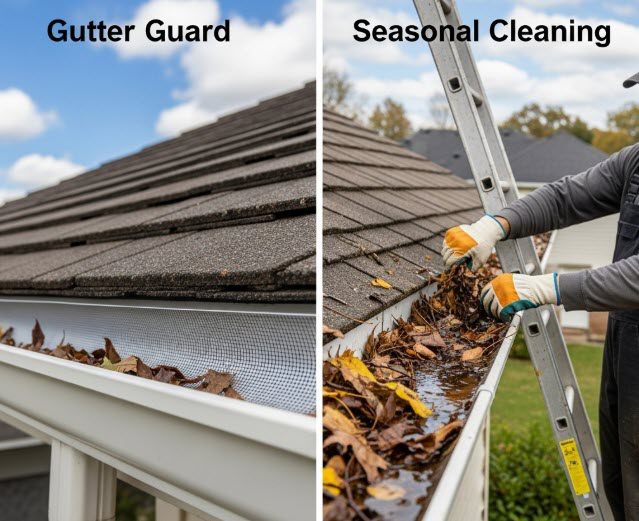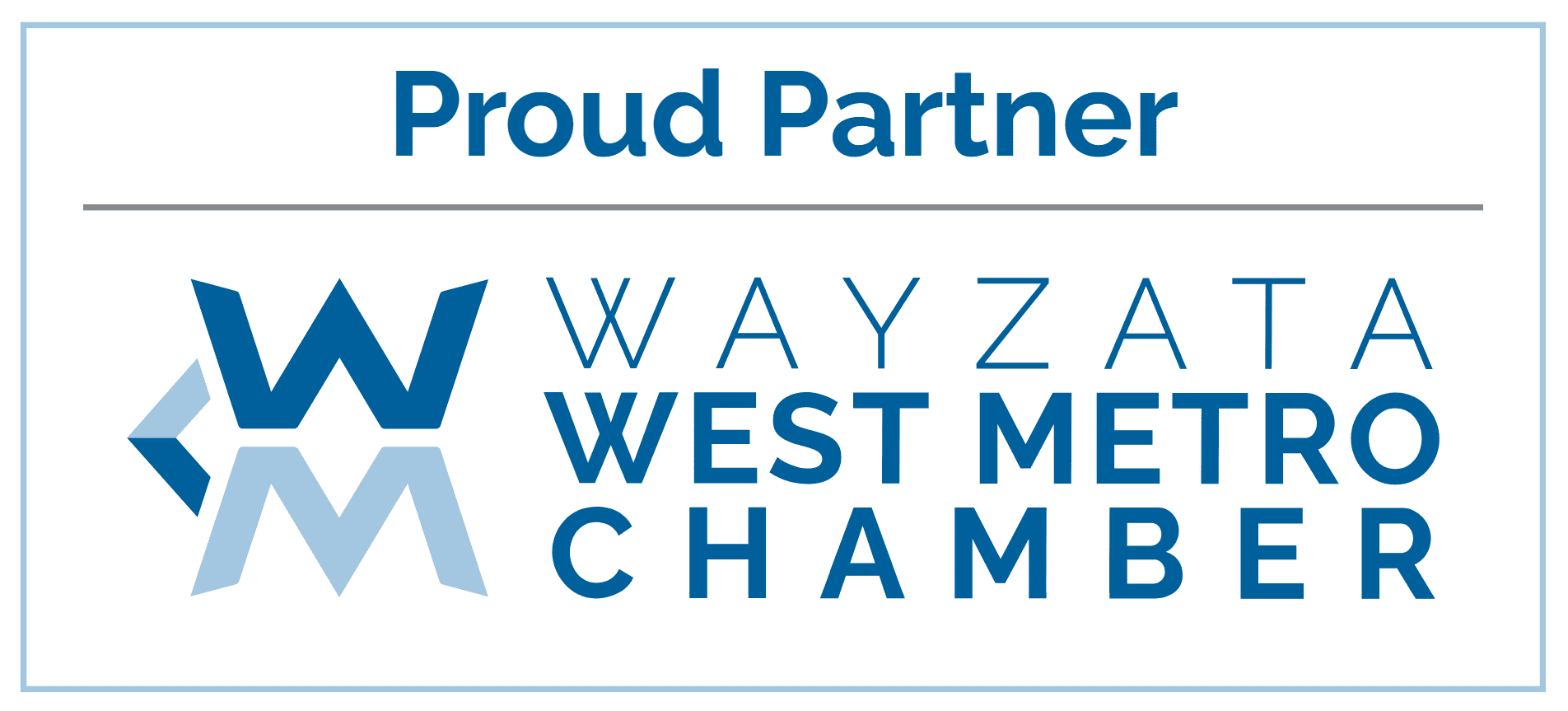Storm Watch 101: How to Document Roof Damage After High Winds
High winds are one of the leading causes of roof damage in Minnesota, yet many homeowners don’t notice the problem until weeks or even months later—when leaks, water stains, or higher energy bills start showing up. By that point, what could have been an easy fix may turn into a costly repair.
That’s why documenting roof damage right after a windstorm is so important. Not only does it help keep your home safe, but it also ensures you have the proof you need if you file an insurance claim. At Right Now Roofing and Restoration, we’ve helped countless homeowners navigate this process—and we’re here to break down everything you need to know.
Why Documenting Roof Damage Matters
When high winds roll through, documenting roof damage quickly and accurately matters for three key reasons:
– Insurance claims – Proper documentation increases the likelihood of your claim being approved and helps avoid disputes with your insurance provider. Without proof, you may be stuck covering repair costs yourself.
– Safety concerns – Wind damage often goes unnoticed. Missing shingles, cracked flashing, or loose roof structures can quickly lead to leaks, mold, or even structural compromise.
– Resale value – A home with well-documented repairs maintains its value. If you decide to sell your property in the future, having a clear record of professional roof maintenance builds trust with buyers.
Safety First: Before You Inspect
Before you grab your phone and start snapping photos, remember that safety comes first.
– Stay on the ground for your initial inspection. A pair of binoculars can help you spot lifted or missing shingles without climbing a ladder.
– Avoid climbing onto a wet or unstable roof. Wind damage often weakens roofing materials, making it dangerous to walk on.
– Call a professional roofer if you notice serious or widespread damage. Roofers have the tools and training to safely inspect areas you can’t reach.
Step 1: Take Clear, Detailed Photos
Your phone is your best friend after a storm. High-quality images provide undeniable evidence for your insurance company.
– Take wide shots of the entire roof from different angles.
– Snap close-ups of missing shingles, debris, or visible cracks.
– Capture surrounding damage, such as broken fences, fallen trees, or siding damage.
– Make sure your photos are date-stamped. Most smartphones do this automatically, but double-check.
Pro Tip: Take photos in good lighting and from multiple angles. The more evidence you collect, the stronger your case will be.
Step 2: Look for Common Signs of Wind Damage
Even if your roof looks fine from the ground, subtle signs of damage may still be present. After high winds, keep an eye out for:
– Missing or lifted shingles – This is one of the most common indicators of roof damage.
– Granule loss – Check gutters and downspouts for small granules from asphalt shingles.
– Damaged flashing – Look around chimneys, skylights, and vents.
– Fallen debris – Branches, limbs, or other objects may have left dents or punctures.
– Indoor warning signs – Water stains on ceilings, bubbling paint, or drafts are often linked to roof issues.
Step 3: Keep Written Notes
Photos are powerful, but written notes can tell the story in more detail.
– Record the date and time of the storm.
– Write down what you noticed during and after the storm (e.g., “Heard shingles flapping on the west side of the house”).
– Note any temporary fixes you performed, such as placing a tarp.
– Save receipts for supplies, temporary repairs, or cleanup costs.
This written record makes your insurance claim much stronger.
Step 4: Contact Your Insurance Company
Once you have your photos and notes, contact your insurance provider.
– File your claim as soon as possible.
– Provide all supporting evidence—photos, notes, and receipts.
– Ask about next steps and whether they require a professional roof inspection.
Insurance adjusters often look for reasons to minimize claims. Thorough documentation gives you leverage and ensures you’re treated fairly.
Step 5: Schedule a Professional Roof Inspection
Even the best DIY inspection can miss hidden damage. That’s why hiring a professional is crucial.
At Right Now Roofing and Restoration, we offer comprehensive inspections after storms. Our team knows how to spot damage that’s easy to overlook, such as subtle flashing issues, sealant cracks, or underlying water penetration.
We also provide detailed inspection reports, which can be shared directly with your insurance adjuster. This not only speeds up your claim but also helps ensure your roof gets the repairs it truly needs.
Preventative Steps for the Future
Minnesota homeowners know storms are inevitable—but you can take steps to reduce the risk of future roof damage:
– Schedule regular roof inspections – Catching small issues before they escalate saves money in the long run.
– Trim trees near your home – Overhanging branches are a major hazard during high winds.
– Keep gutters clean – Clear gutters prevent water backup and roof deterioration.
– Reinforce vulnerable areas – Ask your roofer about wind-resistant materials and upgraded flashing.
FAQs
Will my insurance cover wind damage?
Most homeowner’s insurance policies cover wind damage, but coverage depends on the extent of damage and your deductible. Documentation is key.
What if I don’t see visible damage?
Hidden issues are common. Always schedule a professional inspection after strong winds, even if your roof looks fine.
Can I make temporary repairs myself?
Yes—but do so safely. Using a tarp to prevent water intrusion is fine, but avoid climbing on the roof. Call a professional for permanent fixes.
Conclusion: Protect Your Home and Your Wallet
High winds can do more damage than you think. By documenting issues immediately, you protect your home, strengthen your insurance claim, and ensure that repairs happen before small problems turn into big headaches.
At Right Now Roofing and Restoration, we specialize in helping Minnesota homeowners recover quickly after storms. Whether you need a free inspection, help with insurance claims, or emergency repairs, our team is ready to assist.
Call us today for a free roof inspection and storm damage consultation.
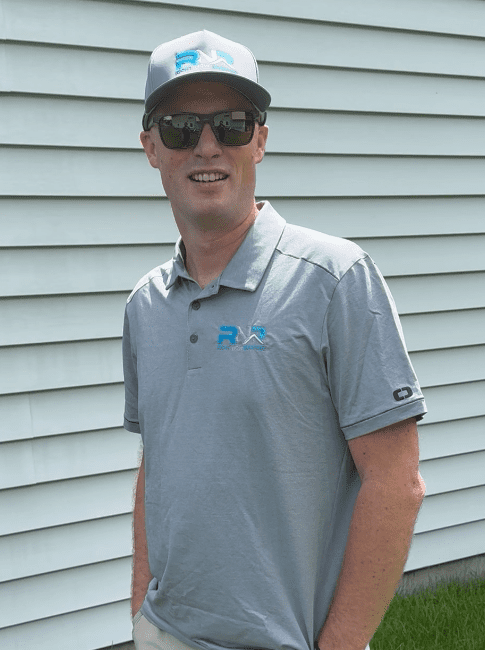
The Hidden Dangers of Water Damage After Summer Storms in Minnesota
Picture this: a typical Minnesota summer afternoon turns dark, the sky rumbles, and within minutes a powerful storm drops inches of rain across the Twin Cities. Once the skies clear, most homeowners head outside, happy to see their homes still standing. But what many don’t realize is that water damage often works silently behind the scenes, showing up days or even months later.
Water damage after summer storms is more than an inconvenience—it can compromise structural integrity, create health hazards, and reduce property value. The challenge is that much of the damage is hidden, often overlooked until it becomes a major (and expensive) problem.
This guide explores the hidden dangers of water damage after Minnesota’s summer storms, what to watch for, and how to protect your home before the next storm rolls in.
Why Summer Storms in Minnesota Create Serious Water Damage Risks
Minnesota’s climate sets the stage for storm-related water issues. Heavy rainfall, flash flooding, and high humidity converge during the summer months, making homes vulnerable.
- Intense Thunderstorms: Summer in the Midwest frequently brings heavy rainfall, with some storms dropping several inches of rain in just a few hours.
- Flash Flooding: According to FEMA, flood damage is the most common and costly type of disaster in the U.S., affecting thousands of households every year . Minnesota’s low-lying areas and basements are particularly at risk.
- High Humidity: Moisture that lingers inside walls or flooring has an easier time developing into mold in Minnesota’s warm, damp summer conditions.
The reality is simple: even if your home doesn’t show visible flooding, hidden moisture may already be weakening your property.
The Hidden Dangers Homeowners Often Miss
The real risk of water damage is what you don’t see. Here are the most common hidden dangers after a summer storm:
1. Structural Damage
Water that seeps into a home’s foundation, crawl space, or basement can slowly compromise the structure. Concrete and wood expand, crack, and shift under repeated exposure. Over time, homeowners may notice uneven flooring or basement leaks—both signs of hidden storm damage.
2. Mold and Mildew Growth
Mold thrives in damp, dark environments and can begin forming within 24–48 hours of water intrusion . Once it spreads inside walls, attics, or basements, it can cause health problems such as allergies, asthma flare-ups, and respiratory irritation.
3. Electrical Hazards
When stormwater enters walls or ceilings, it often affects wiring and electrical panels. The dangers range from short circuits to fire hazards. Even if outlets and switches seem fine, moisture inside the system can create hidden risks.
4. HVAC and Insulation Damage
Wet insulation loses its ability to retain heat and cool air, driving up utility bills. Worse, moisture that infiltrates HVAC systems spreads mold spores throughout the entire home, creating long-term health concerns.
5. Decreased Property Value
Undetected water damage doesn’t just lead to repairs—it can decrease property value. Minnesota home sales require disclosure of prior water damage , and buyers often shy away from properties with water-related histories.
Warning Signs of Hidden Water Damage
Most homeowners only realize the extent of water damage once it becomes obvious. Here are subtle but critical signs to watch for:
- Musty Odors: Persistent damp smells in the basement, attic, or certain rooms often indicate hidden mold.
- Stains or Discoloration: Water rings on ceilings, bubbling paint, or dark patches on drywall signal ongoing leaks.
- Warped Floors or Buckling Wood: Even slight changes in flooring may be signs of water trapped underneath.
- Sudden Allergies or Respiratory Issues: Increased coughing, sneezing, or asthma symptoms indoors may indicate hidden mold.
- Rising Utility Bills: Wet insulation forces HVAC systems to work harder, driving up costs.
The earlier these signs are detected, the less expensive restoration will be.
How Professionals Detect and Fix Hidden Damage
DIY cleanup often overlooks the hidden dangers of water intrusion. Restoration professionals use advanced tools and proven techniques to find and fix damage thoroughly:
- Moisture Meters & Infrared Cameras: Detect water behind walls and under floors.
- Industrial Drying Equipment: High-capacity fans and dehumidifiers remove moisture quickly.
- Mold Remediation: Professionals safely remove contaminated materials and sanitize affected areas.
- Structural Repairs: Foundation cracks, damaged drywall, and weakened flooring are repaired or replaced.
Hiring experts ensures that damage doesn’t just look fixed—it is fixed.
Preventing Water Damage Before the Next Storm
While no one can control Minnesota weather, homeowners can take steps to protect their property:
- Clear Gutters and Downspouts: Prevent overflow that leads to foundation seepage.
- Proper Grading Around Foundation: Ensure water drains away from the home, not toward it.
- Install Sump Pumps with Backup Power: Crucial for basements prone to flooding.
- Schedule Annual Roof Inspections: Catch leaks before they become storm-related disasters.
- Create an Emergency Storm Plan: Know who to call, what to document, and how to safely shut off utilities after a storm.
Proactive maintenance goes a long way in saving money and stress.
Chart: Common Types of Hidden Water Damage After Minnesota Summer Storms
| Hidden Danger | Timeframe to Develop | Risk Level (1–5) | Long-Term Impact |
|---|---|---|---|
| Mold Growth | 24–48 hours | 5 | Severe health + structural damage |
| Foundation Cracks | Weeks–months | 4 | Costly structural repairs |
| Electrical System Damage | Immediate–weeks | 5 | Fire/shock hazard |
| Insulation Loss | Days–weeks | 3 | Higher energy bills |
| Property Value Decline | Months–years | 4 | Reduced resale value |
This chart helps visualize just how quickly hidden dangers can escalate.
Summer storms in Minnesota are inevitable—but long-term water damage doesn’t have to be. The real danger isn’t always what you see right after the rain stops, but the hidden problems that build up silently over time.
By knowing the risks, watching for signs, and calling in restoration professionals when needed, homeowners can avoid costly repairs and keep their homes safe.
Right Now Roofing & Restoration is here to help Minnesota homeowners recover quickly from water damage and storm events. Schedule a professional inspection today before hidden damage becomes tomorrow’s disaster.
References
- FEMA – Understanding Flood Risk
- EPA – Mold and Health: https://www.epa.gov/mold/mold-and-health
- CDC – Mold Cleanup After Disasters
- Minnesota Department of Commerce – Home Disclosures
- Insurance Information Institute – Water Damage Facts

What’s the Most Effective Style of Roof?
When it comes to choosing the best roof for your home, the decision can be overwhelming. With so many styles and materials available, how do you know which one is the most effective? For homeowners in the Twin Cities, Minnesota, the answer is clear: the gable-style roof with few penetrations. Let’s explore why this roof style stands out as the top choice and what makes it so effective.
Understanding the Gable-Style Roof
A gable-style roof is characterized by its triangular shape, where two sloping sides meet at a ridge, forming end walls with a gable at the top. This classic design is not only aesthetically pleasing but also highly functional. Here’s why:
- Efficient Water Drainage: The steep pitch of a gable roof allows for efficient water runoff. This is crucial in Minnesota, where heavy snowfall and rainfall are common. Water and snow easily slide off the roof, reducing the risk of leaks and water damage.
- Increased Attic Space: Gable roofs provide more attic space compared to flat roofs. This extra space can be used for storage or converted into additional living space, adding value to your home.
- Better Ventilation: The design of a gable roof allows for better airflow and ventilation. Proper ventilation helps regulate the temperature in your attic, preventing heat buildup in the summer and moisture problems in the winter.
- Cost-Effective: Gable roofs are relatively simple to design and construct, making them a cost-effective option. They require fewer materials and labor compared to more complex roof styles, helping you save on installation costs.
The Importance of Few Penetrations
When we talk about roof penetrations, we’re referring to any openings or holes in the roof for things like vents, chimneys, and skylights. While these features are sometimes necessary, minimizing penetrations can significantly enhance the effectiveness of your roof. Here’s why:
- Reduced Leak Risk: Each penetration in your roof is a potential entry point for water. Fewer penetrations mean fewer opportunities for leaks to develop, ensuring better overall protection for your home.
- Enhanced Durability: A roof with fewer penetrations is less prone to wear and tear. Penetrations can weaken the structural integrity of your roof over time, so keeping them to a minimum can extend the lifespan of your roof.
- Improved Energy Efficiency: Roof penetrations can also affect your home’s energy efficiency. Minimizing these openings helps maintain better insulation and reduces heat loss in the winter and heat gain in the summer.
Why Twin Cities Homeowners Should Consider a Gable Roof
The Twin Cities area, with its unique climate and weather patterns, presents specific challenges for homeowners. Here’s why a gable-style roof with few penetrations is particularly effective in this region:
- Weather Resilience: Minnesota’s weather can be extreme, with heavy snowfalls, ice storms, and strong winds. The gable roof’s steep pitch and simple design help withstand these conditions better than other roof styles.
- Cost Savings: Given the economic benefits of the gable roof, Twin Cities homeowners can save money on both installation and long-term maintenance. The reduced risk of leaks and damage means fewer repair costs over time.
- Aesthetic Appeal: Gable roofs are a popular choice in Minnesota due to their classic and timeless appearance. They complement the architectural styles commonly found in the Twin Cities, enhancing the curb appeal of your home.
Conclusion
Choosing the right roof for your home is a critical decision, especially in a climate like Minnesota’s. The gable-style roof with few penetrations offers the perfect blend of functionality, durability, and aesthetic appeal, making it the most effective choice for homeowners in the Twin Cities. By opting for this roof style, you can enjoy better protection, increased energy efficiency, and long-term cost savings.
For more information or to schedule a consultation, contact Right Now Roofing today. We’re here to help you make the best choice for your home!
Sources:
- National Roofing Contractors Association
- Minnesota Department of Commerce
- Asphalt Roofing Manufacturers Association

